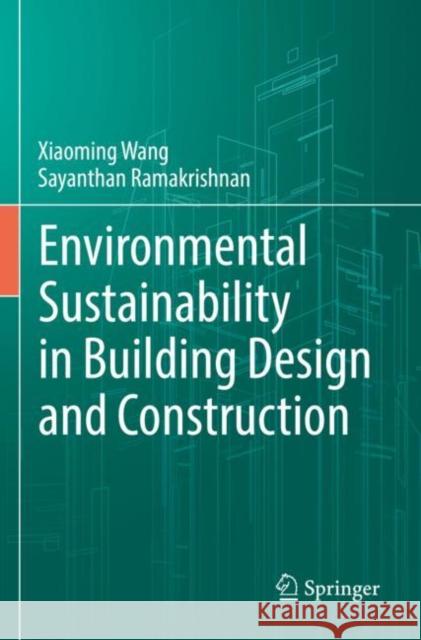Environmental Sustainability in Building Design and Construction » książka
Environmental Sustainability in Building Design and Construction
ISBN-13: 9783030762339 / Angielski / Miękka / 2022 / 175 str.
Environmental Sustainability in Building Design and Construction
ISBN-13: 9783030762339 / Angielski / Miękka / 2022 / 175 str.
(netto: 345,83 VAT: 5%)
Najniższa cena z 30 dni: 346,96
ok. 22 dni roboczych
Dostawa w 2026 r.
Darmowa dostawa!
This monograph offers analyses of construction activities using various key concepts and assessments of sustainable development, and provides students and researchers with methodologies and design aspects for the sustainable development of the built environment. Additionally, the book demonstrates various national and international policies for assisting architects, engineers and policy makers in understanding the relevant decision-making approaches to sustainable development in construction.The book begins by reviewing the background of sustainability and sustainable development. The focus then turns to the effects of climate change on the built environment, including impacts of energy and carbon emissions, as well as constraints on water and waste management. The remaining chapters discuss the necessary approaches to achieve sustainable waste management, energy efficient building design, and resilience and adaptation in the built environmentIn eight chapters, the book encourages readers to think independently, logically and objectively about the complex issues presented by the applications of sustainable development in construction, including resource efficiency, environmental impacts, human health, building economics and social development.
This monograph offers analyses of construction activities using various key concepts and assessments of sustainable development, and provides students and researchers with methodologies and design aspects for the sustainable development of the built environment. Additionally, the book demonstrates various national and international policies for assisting architects, engineers and policy makers in understanding the relevant decision-making approaches to sustainable development in construction. The book begins by reviewing the background of sustainability and sustainable development. The focus then turns to the effects of climate change on the built environment, including impacts of energy and carbon emissions, as well as constraints on water and waste management. The remaining chapters discuss the necessary approaches to achieve sustainable waste management, energy efficient building design, and resilience and adaptation in the built environmentIn eight chapters, the book encourages readers to think independently, logically and objectively about the complex issues presented by the applications of sustainable development in construction, including resource efficiency, environmental impacts, human health, building economics and social development.











